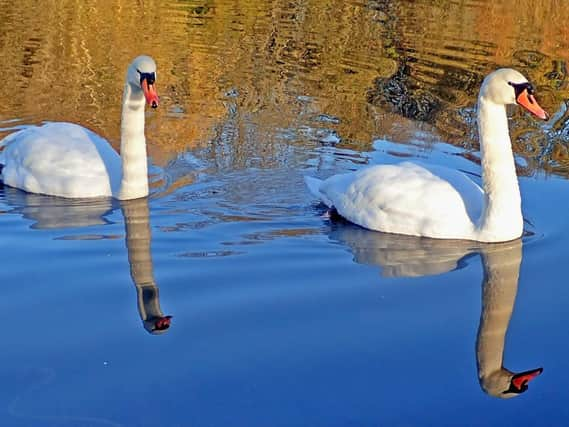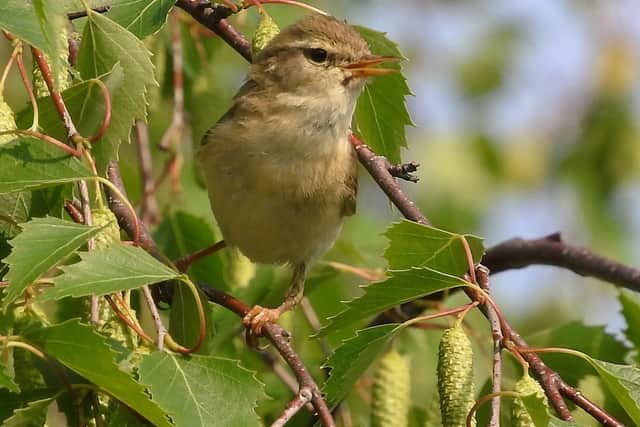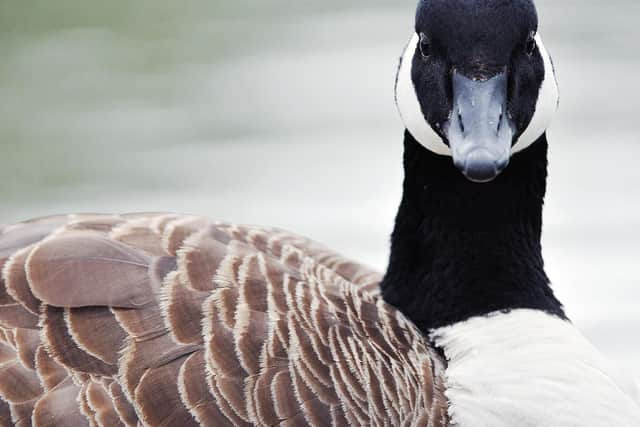Experts say not to be alarmed by Wigan's falling number of birds


Wildlife experts said it was to be expected that species would experience good and bad years and it is the long-term trends and populations that matter.
Concern has been raised about certain birds whose numbers are notably down, such as the willow warbler which has just one-fifth of the expected number of pairs raising chicks in the borough this summer.
Advertisement
Hide AdAdvertisement
Hide AdHowever, experts said they were not worried about numbers of wildfowl after amateur nature enthusiasts came forward to express severe worries about swan populations at sites such as Wigan Flashes.


And some birds, including some endangered or with falling populations, are also doing better than expected.
Conservationists said wildlife would be breeding later this year due to the severe weather and unexpected storms late in spring brought by the so-called Beast From The East.
Paul Barton, director for environment at Wigan Council, said: “This spring has seen mixed fortunes for the birds of Wigan borough. The birds which are with us all year round seem to be doing well.
Advertisement
Hide AdAdvertisement
Hide Ad“Swans are showing normal numbers with 14 breeding pairs at the Wigan Flashes, which is really positive.


“The number of song thrushes was slightly higher than normal, Dunnocks are also higher than our normal counts. The later species are singing much later, into June this year suggesting they are having a late season.
“We expected up to 250 willow warbler pairs around the Wigan Flashes which are down on numbers, with less than 50. It is the same across the whole of Greenheart. But blackcap is up with nearly 150 when we only expect 60 in a normal year.
“The weather at the time of the migration was probably to blame with the Beast from the East and a run of cold, lower than average temperatures and strong winds. This will have slowed the birds passage north from their wintering grounds in Africa and in this time they may well have taken breeding territories further south.”
Advertisement
Hide AdAdvertisement
Hide AdInspiring healthy lifestyles’ biodiversity services manager Graham Workman said it was not helpful to take individual years in isolation when looking at the health of wildlife populations.
Mr Workman said: “When you look at breeding birds over a period of, say, 20 years you will always have highs and lows.
“There have been some real highs this year. I’ve never seen so many nuthatches around and 20 years ago we basically had none breeding in Wigan.
“We’ve gained some birds and lost others. One loss I’m really sad about is the green woodpecker which has gone completely from the borough.
Advertisement
Hide AdAdvertisement
Hide Ad“Among wildfowl Canada geese seem to have done well but they’re really resilient birds. They’re not affected by weather conditions at all.
“Mute swans seem to be on most of the ponds where we would expect them and we were looking at four cygnets rrecently when we were walking through Pennington Flash.
“I would say they’ve had average years, they’ve not had the large clutches of six or eight cygnets we’ve sometimes seen.
“However, this has been a good year for foxes and that could have had an impact on the ground-nesting birds. At Pennington Flash we’ve seen them swimming the ditches to get to the islands where birds breed.
Advertisement
Hide AdAdvertisement
Hide Ad“I’ve also noticed it’s a really good year for hawthorn trees and fruits like blackberries, so hopefully the autumn migrants will have plenty to eat when they come.
“Everything is very late this year because of the weather conditions and that has had a massive impact on birds coming into Britain on migration. That’s why people haven’t seen as many swifts or swallows, I think many of them which would usually come through for the summer have stayed in Europe.
“We’re not at a panic stage with any of these species.”
Mr Barton and Mr Workman spoke about the health of the borough’s nature after amateur wildlife enthusiast Steve Heaton from Ince raised concerns, in particular about water birds in Wigan.
He said: “I went to Wigan Flashes last week and only saw four mute swans; three on Scotmans Flash and one on Pearson’s Flash. Usually at this time of year there are a lot more and some with cygnets.
Advertisement
Hide AdAdvertisement
Hide Ad“I’ve also seen a Facebook message from a guy living near Waddickers Flash which says this is the first time in 14 years he’s seen no mute swans breeding there.
“With people shooting animals with air rifles and using quad bikes and off-road motorcycles on nature reserves I do fear for the future of Wigan’s wildlife.”